Gothic cathedrals contained stained glass windows to help illuminate the church interior with colored divine light. Besides creating a heavenly abode of worship that helped visitors feel closer to God, each Gothic stained glass window told a biblical story that was beneficial to those members of the congregation who couldn’t read.

There’s no denying that Gothic cathedrals, with their soaring towers and ribbed vaults, are some of the most magnificent structures that have made a mark in the history of French architecture.
Interestingly, stained glass windows were also a crucial component of Gothic cathedrals. And stained glass paintings were one of the most widely known art forms practiced throughout Europe in medieval times.
But why did Gothic architecture see a rise in stained glass windows? Keep reading if you’re intrigued to find out, just like how I was!
Gothic Style Architecture - A Brief History
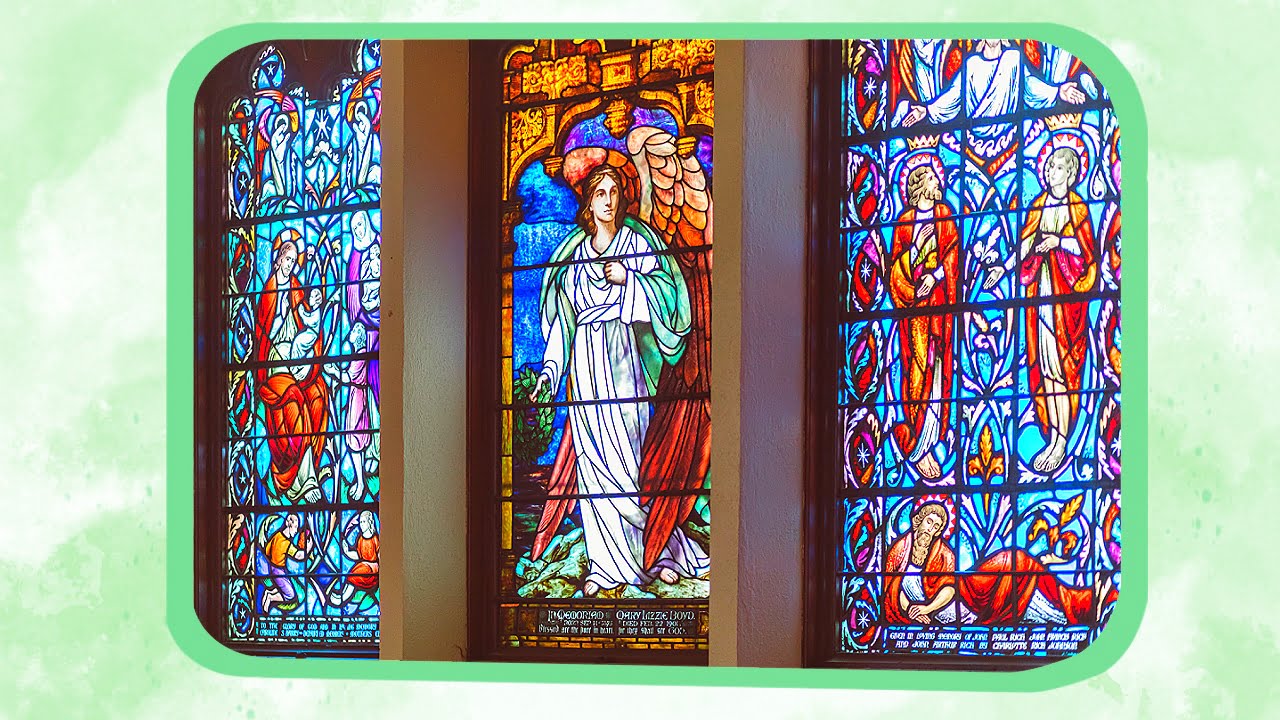
Abbot Suger is the name that introduced the world to Gothic architecture in the 12th century. He is still a powerful figure in French history known to be the “mastermind” behind the Basilica of Saint-Denis located in a northern suburb of Paris. This is the first Gothic cathedral featuring tall and elegant structures - characteristic components of Gothic-style architecture.
Architectural Components Of Gothic Cathedrals & Abbeys
The Gothic style made its mark throughout Europe between the 12th and 16th centuries, following the Romanesque style and prior to the Renaissance period. Here’s a quick breakdown of the Gothic period:
- The early Gothic Period (12th to mid-13th century C.E.) - marks the beginning of Gothic architecture with artists learning the art of stained glass painting and glassmaking
- High Gothic (1250 to 1300 C.E.) - a rise in the popularity of stained glass windows across Europe
- Late Gothic Period (13th century to the end of the era) - a shift to the Renaissance period with a mix of Gothic style and Renaissance ideals
Gothic architecture did away with the thick and heavy walls and rounded arches that were prominent prior to the Gothic period. Architects focused on building thinner and taller walls by making use of ribbed vaulting and flying buttresses.
That being said, here are the key components crucial to Gothic architecture:
1. Flying Buttresses
While Romanesque buildings featured internal buttresses to support weights, Gothic churches featured external or “flying” buttresses. They helped shift the weight of the roofs to an external load-bearing structure. As such, the Gothic cathedrals could be built taller with significantly higher central naves.
2. Pointed Arches
Gothic cathedrals are known for their pointed arches that help bear more weight, unlike Romanesque buildings that feature rounded arches. And besides practical functionality, pointed arches also had the symbolic significance of pointing toward the direction of heaven.
These were not exclusive Gothic architectural components, but they did become a defining feature of the Gothic style.
3. Ribbed Vaults
While groin and barrel vaults were more common in Romanesque architecture, Gothic architecture preferred rib vaults. These are diagonal frameworks that helped architects build thinner and taller structures.
The ribbed vaulting technique also allowed for more intricacy in the design. And you can easily spot the crisscross detailing in the ceiling of the central nave of any Gothic cathedral.
4. West Facades
The front of a Gothic church (or the West Facade) includes three entranceways, two towers, and a rose window at the center. Consider the Notre Dame in Paris, for example - crowds gather at its west facade to gaze at the magnificent carvings and structures that tell a story.
On the left, you’ll find the Portal of the Virgin, and the right side is known as the Portal of Saint Anne. And, of course, the Portal of the Last Judgment is the central portal.
5. Rose Windows
I’m sure you must have noticed purple or blue light streaming through the enormous round windows of Gothic cathedrals. Of course, the taller structures enabled the construction of such large windows. But what makes them stand out even today is the use of stained glass.
Furthermore, the 13th century enabled the possibility of making clear glass windows, thanks to the use of silver stains. This helped brighten the interior of Gothic churches.
In fact, circular glass windows have also been a huge part of the Romanesque style. But rose windows became the feature that defined the Gothic period. They were secured in place with further development of stone tracery techniques.
Abbot Suger & The Birth Of Gothic Architecture
I’ve already introduced you to Abbot Suger and his role in developing Gothic cathedrals. But it makes sense to understand more about him and how he brought about the renovations in the church of Saint-Denis before we dive deeper into the significance of stained glass windows.
That being said, Suger was the advisor to both Louis VI and Louis VII. And he was the appointed regent who was left in charge of France when Louis VII had to leave for the Second Crusade. During this time, he decided to transform the church of Saint-Denis into a place that would transport visitors to the divine realm. And he believed in using light and material objects to achieve this goal.
His infatuation with light was the main driving force behind the renovations carried out. Sugar believed that illuminating the church would not only brighten the minds of his congregation but also lead them to “the true light, where Christ is the door.”
People in the middle ages started believing that any fancy material object could be used as a vessel to connect with God. And light was the key factor that would activate these objects. This was the reason Suger used to justify his renovations, along with the use of gold and precious gems as decoration in the church.
The church would be considered a space between the earthly and heavenly realms. And Suger made sure to eliminate anything that could obstruct the flow of light into the Saint Denis cathedral.
Divine Light As A Guiding Force In Gothic Architecture
Lumen, lux, and splendor - these were just a few of the words used to describe light in the middle ages. While lumen is the light that interacts with the material world, lux is the light emitted by the sun. Then there’s reflected light, also known as splendor.
That said, the goal of Suger and his followers was not to only flood the church interior with light. He wanted to use lumen, splendor, and light to symbolize the divine realm. That’s what prompted him to add the west rose window at Saint-Denis cathedral- which was referred to as “a floating signifier of heaven” by Dr. Mark Jarzombek, professor of architecture.
Another good example of the use of light in Gothic architecture can be seen at the Chartres Cathedral. The three lancet windows inside the western facade under the rose window are some of the best examples of 12th-century French art.
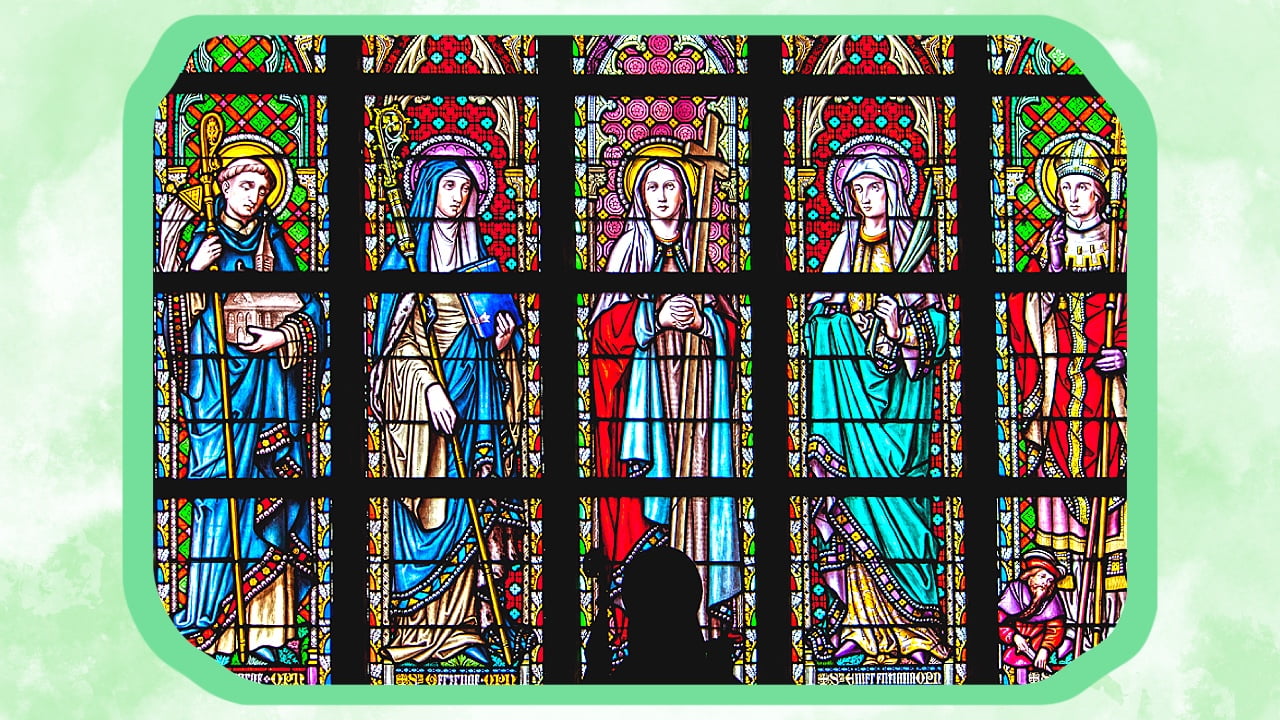
The Importance Of Gothic-Stained Glass Windows
Abbot Suger discovered that large Gothic stained glass windows were the way worshippers could feel closer to God and saints. They helped create a divine physical manifestation that enabled religious reflection. A stained glass window allowed colored light to enter the cathedrals, representing the Holy Spirit that would illuminate one’s soul while pushing away evil.
That’s not all; the stained glass art depicted images of Jesus, saints, and kings. These illustrations told biblical stories that benefited most of the congregation, who could not read or write. The stained glass windows depicted stories from the Old and New Testament that had to be read from the bottom of the window to the top.
As such, the need to make the cathedral windows intensified over the years, allowing more divine light to enter the church. It started with Saint-Denis, and then renovations were done to make the rose window at the Chartres larger. Even the detailing of the colored glass became finer to resemble intricate paintings.
In fact, one of the windows in Saint-Denis cathedral featured an illustration of Abbot Suger himself at the feet of the Virgin Mary. The Tree of Jesse window, which depicts the genealogy of Jesus Christ, is also a notable example of such a painting. It became a common feature for most Gothic windows, including the Chartres Cathedral and Sainte-Chapelle.
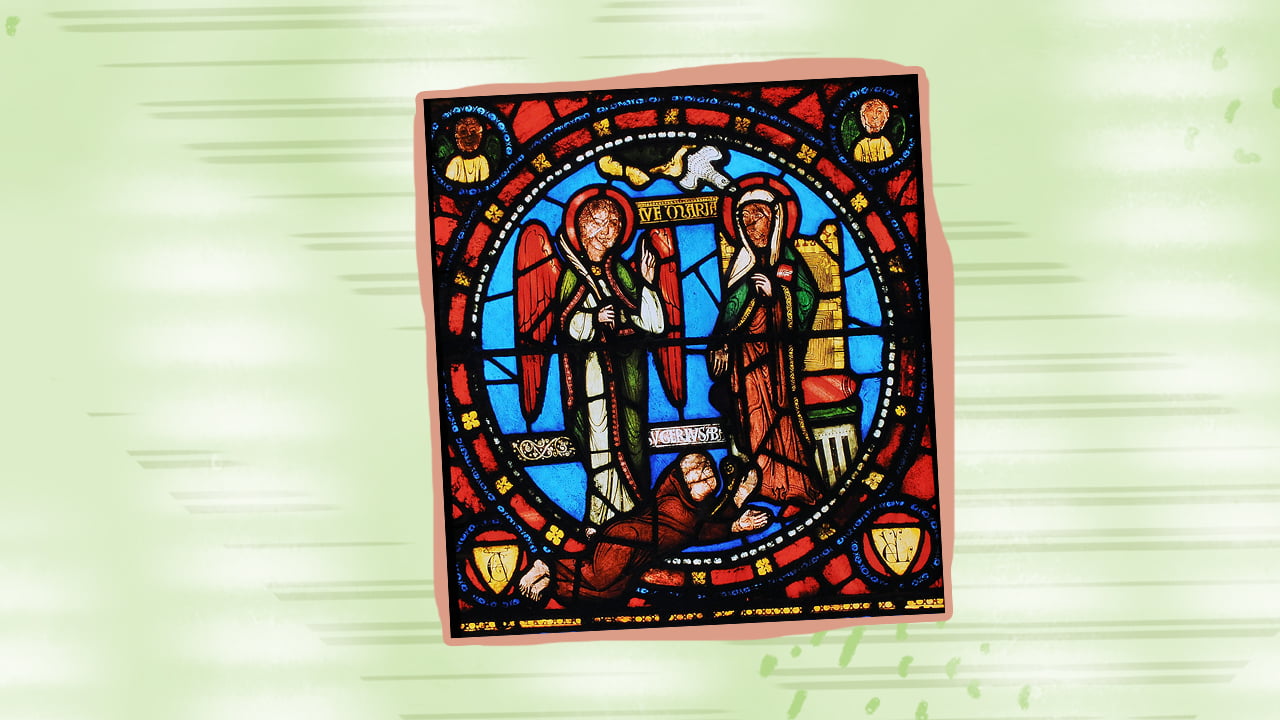

What Is Stained Glass?
Now that we know why stained glass was used to create Gothic windows let’s understand what stained glass is. For the unversed, the term “stained glass” refers to colored glass made using painted glass and metallic oxides fused together in a kiln (wood-fired oven).
The term itself was derived from the silver stain applied to the window side facing outside. It changed color (ranging from lemon yellow to gold) whenever the glass was fired. In fact, silver stains (made using silver nitrate) were often used to change the color of blue glass to green to represent the illustration of grass on the glass window.
Another standout feature of stained glass is that it gets enhanced by daylight, which varies depending on the weather, time of day, and the season. So, when strong sunlight passes through the glass, you’ll notice colors floating above the panel, which indeed is a mystical sight to behold.
How Was Stained Glass Made?
Stained glass windows played an important role in Gothic cathedrals, with light passing through them to make the place more divine and holy. But how were these large circular windows made? Well, stained glass windows are essentially made the same way they were made 1,000 years ago. I’ve briefly explained the steps involved in this section:
1. Creation Of Cartoons
The European artists would begin by making a sketch of the stained glass window. They would create full-sized drawings (also known as cartoons) of the large panels on whitewashed boards. Shapes of the glass pieces, glass colors, and other details of the painting would also be mentioned in the cartoon.
2. Cutting The Glass
Different glass colors would be chosen for individual sections of the painting. Next, the artist would draw the outlines of the glass pieces using lime wash. And a dividing iron would be used to cut them into rough shapes. These pieces were further refined to create the exact shapes using a grozing iron. Today, you get stained glass ring saws for the purpose of cutting.
3. Painting The Stained Glass
Ground copper and iron oxide would be mixed with powdered glass to create a pigment. This was then mixed with vinegar, urine, or wine to paint the glass pieces. After painting them, the individual glass pieces would be placed in the kiln. The heat would help the vitreous paint permanently fuse with the glass pieces.
4. Using Strips Of Lead To Join The Stained Glass Pieces
Narrow strips of lead were then used to hold the pieces of glass together, forming a panel. This is because lead offered the flexibility required for fitting around the diverse shapes of glass pieces.
5. Glazing
Assembling the stained glass panel and making it ready to be set into the window is what glazing refers to. The individual stained glass pieces were fired and positioned on the cartoon using lead strips.
Artists also had to use a hammer and combination knife for the process. While the knife helped cut the lead strips in the middle ages, the hammer edge was used to secure the nails to the board.
The sections of the lead came were then soldered using an alloy of lead and tin, which melts easily at low temperatures and sets rather quickly.
6. Cementing The Glass Panels
Finally, the stained glass panel would be cemented using semi-liquid cement. It would be applied using a brush and covered with a layer of sawdust or chalk to absorb any extra liquid. Now, I’m not really sure about the primary ingredients used to prepare the cement. But I do know that they would use linseed and chalk.
Tip
If you plan on using this process for making stained glass art, do remember to scrub down the glass panel with a dry brush. This will ensure that the cement remains under the lead strips, hidden from sight.
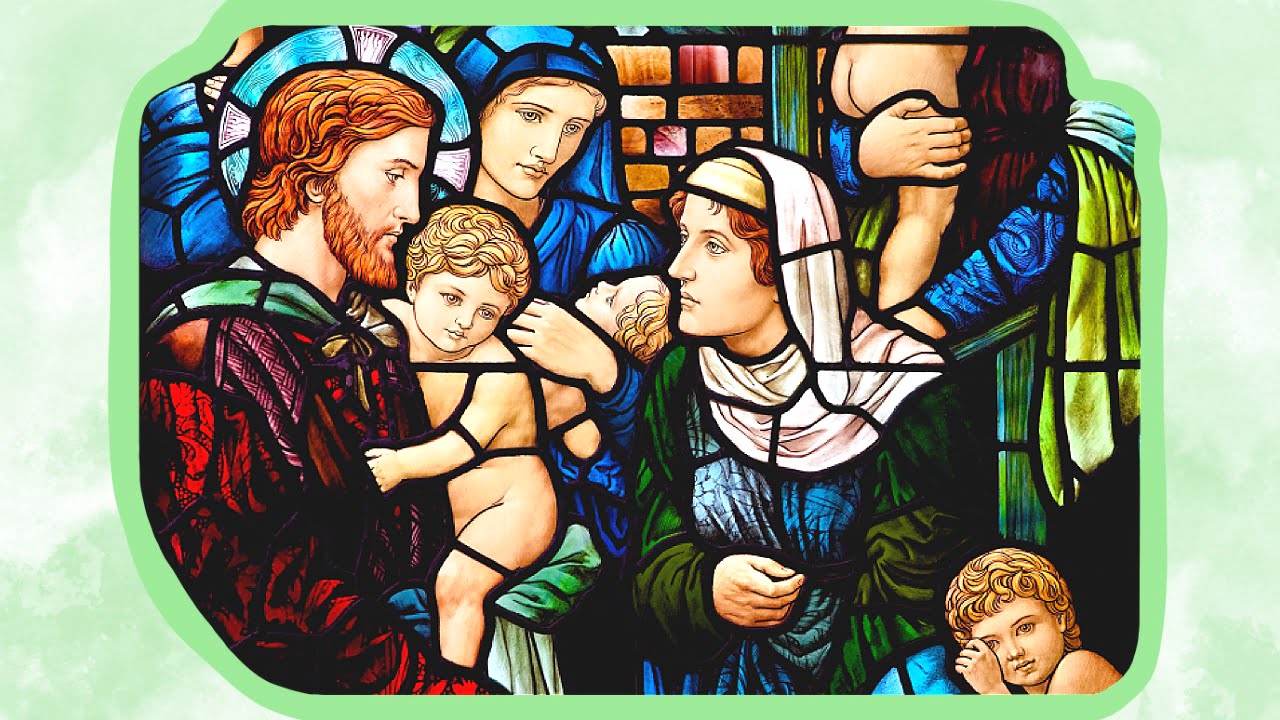
Earliest Examples Of Stained Glass Windows In Gothic Cathedrals
The visual stories depicted in the Gothic stained glass windows of cathedrals are some of the most powerful art forms that are relevant in French history. As such, I’ve listed some of the most popular stained-glass window installations in Gothic cathedrals:
1. The Seraph
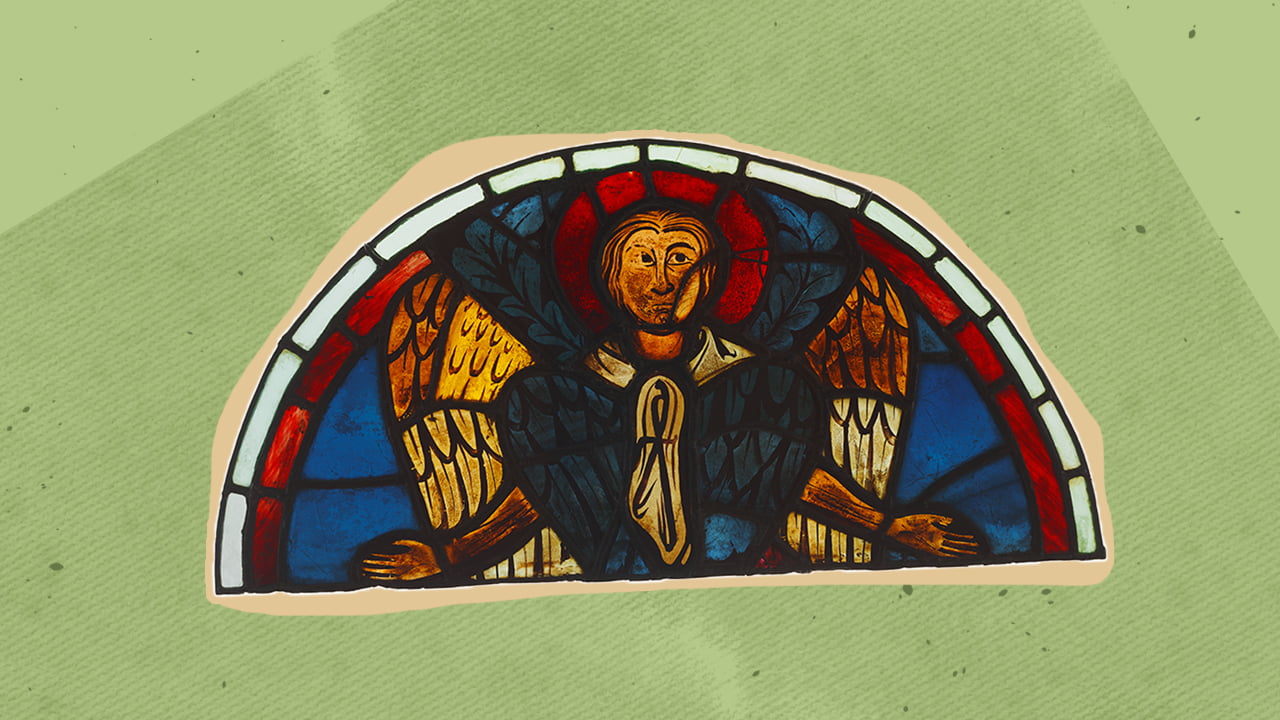
One of the most famous stained glass window installations is in the Reims Cathedral. This is where the popular arresting lunette (or half-moon shape) in paintings originated from.
It’s a painting of the Seraph - one of the six-winged angels who stand in the presence of God. I don’t know much about the painter of this stained glass artwork. But they’ve done a commendable job in creating the facial features and eyes of the angel using thick strokes of vitreous paint.
2. The Virgin And Child

The achievements of medieval stained glass are reflected in the glass panel of the Virgin And Child. This window was installed in the Abbey of Klosterneuburg just outside Vienna. Now, the art piece itself is quite small, but even then the clarity of line work made it easily visible from a distance.
Be it the facial features or beautiful curls of hair, the painter has managed to express himself with the use of black vitreous paint in this art form. That’s not all; the vitreous paint applied to the glass surface helped add three-dimensional detailing to the painting. And the silver stain used to create the yellow halos completes the radiant appeal of the stained glass window.
3. Saint John
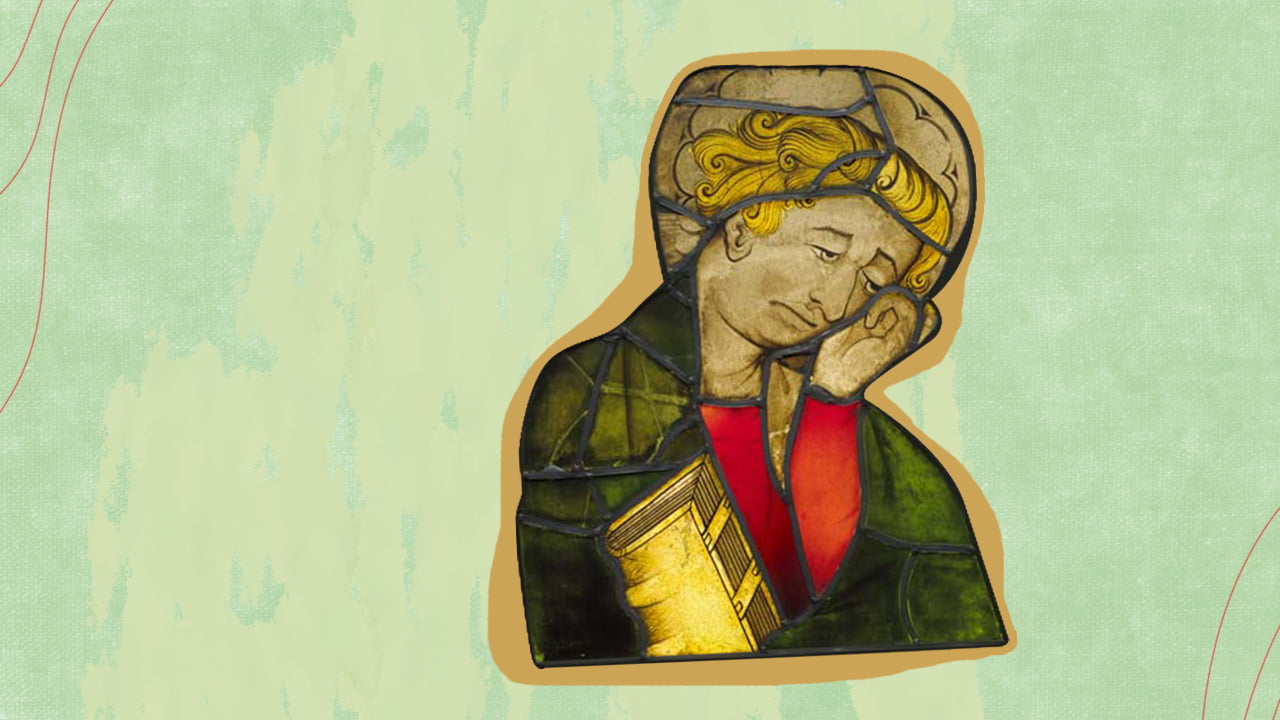
This stained glass panel (which should have been part of a larger Crucifixion scene) helped medieval painters express themselves through the emotion-filled portrait of Saint John. They applied vitreous paint on a clear glass and then stabbed it with a brush for the points of light. A pointed brush was then used to create the most expressive and calligraphic line-work for Saint John’s facial features and hair.
Large-Scale Production Of Stained Glass Windows During The Renaissance
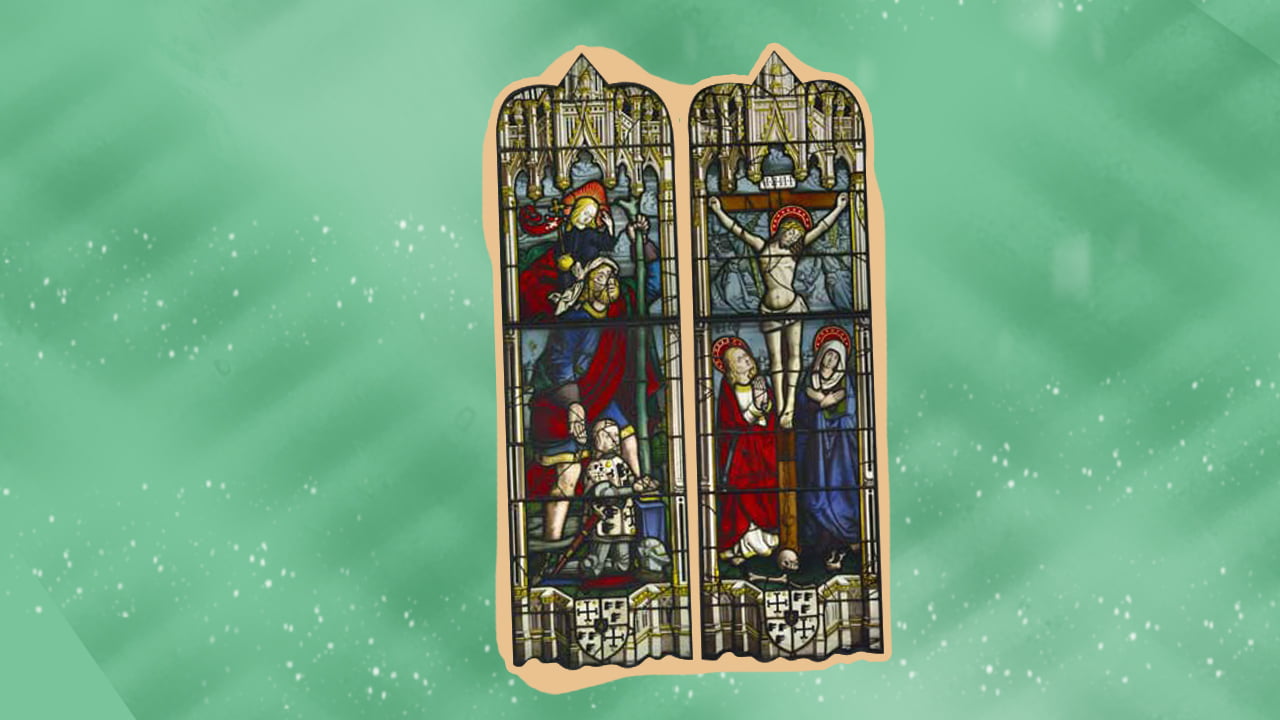
The production of stained glass windows flourished during the late Gothic or Renaissance period. One prime example of this is a window in one of the churches featuring a Crucifixion scene (on the left panel). It shows the painting of the Virgin Mother and Saint John the Evangelist.
On the right panel is a young donor protected by Saint Christoper while he kneels and adores the Crucifixion. The stained glass window shows exceptional craftsmanship with the use of brilliant colors and details that reflect the religious beliefs of the unidentified donor.
That being said, it’s easy to understand the funamentals of the stained glass used to create this large window. For instance, the rich-colored robes of the Virgin Mother and St. John indicate that the panels are partly made of colored stained glass.
Along with the consistent use of blue and red glass, you’ll also notice the ample use of silver stain for the yellow tinge seen on the panels, especially for the hair of the Christ child. On closer inspection, you’ll see that the stain has been applied to the back of the panel.
Here I also have to mention the use of the flashed glass technique to create this stained glass window panel, indicative of the halo of Christ. This was made using a piece of clear glass stained with red color. The painter then painted the rays using a silver stain on the back.
Single Piece Stained Glass Windows - Saint Michael The Archangel Conquering Satan
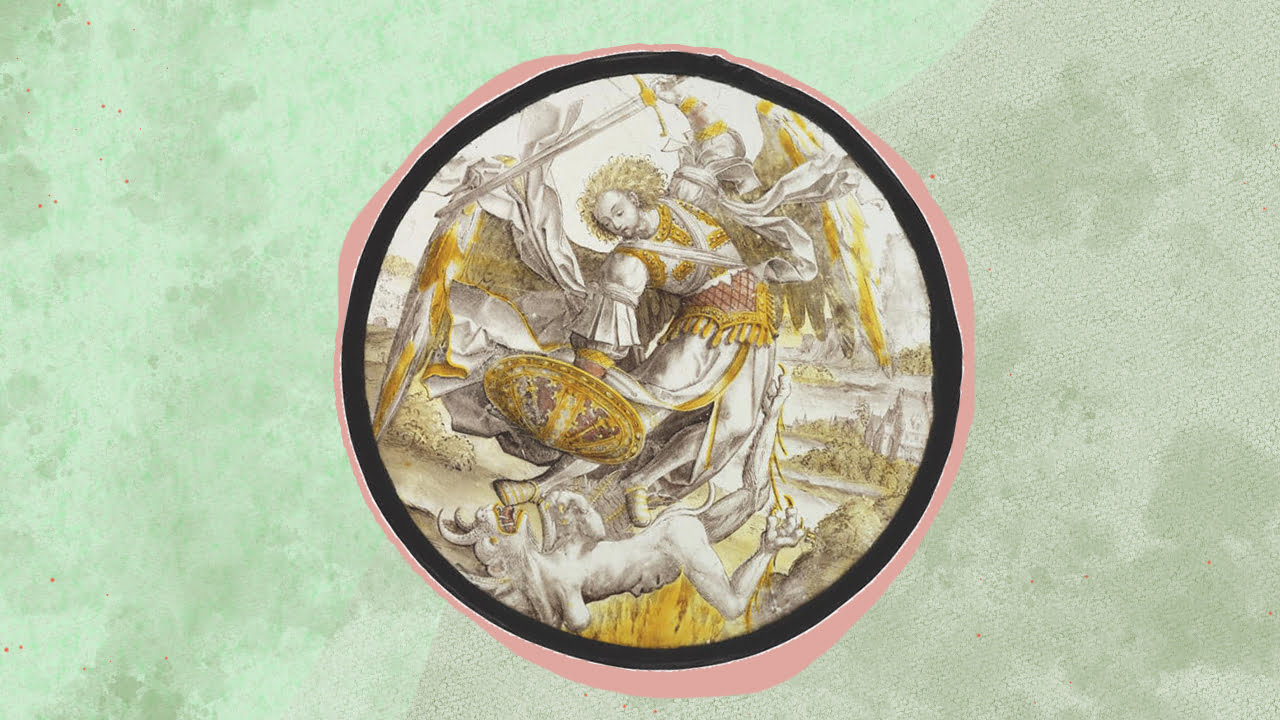
One of the early examples of single-piece stained glass windows in the late 1400s is the roundel of Archangel Michael conquering Satan. It was a small glass window painted using golden silver stain and vitreous paint to bring out the depth behind the painter’s thought.
I also love the symbolic interpretation of the window using light - the guiding force behind Gothic architecture. With light passing through the glass panels, one could establish the identity of St. Michael as the angel of goodness and light.
This intricate art piece was created on colorless glass using oxide paint and silver stain. You’ll notice the light yellow color of St. Michael’s hair and the use of orange-yellow colors for his feathers and armor. What really stands out to me is the deep orange stain that gives the realistic interpretation of flames when light passes through it.
I have to also applaud the attention to detail created by the artist using light brown paint. They used pointed sticks and brushes to scratch the paint and achieve the desired effect in Satan’s body and Saint Michael’s drapery.
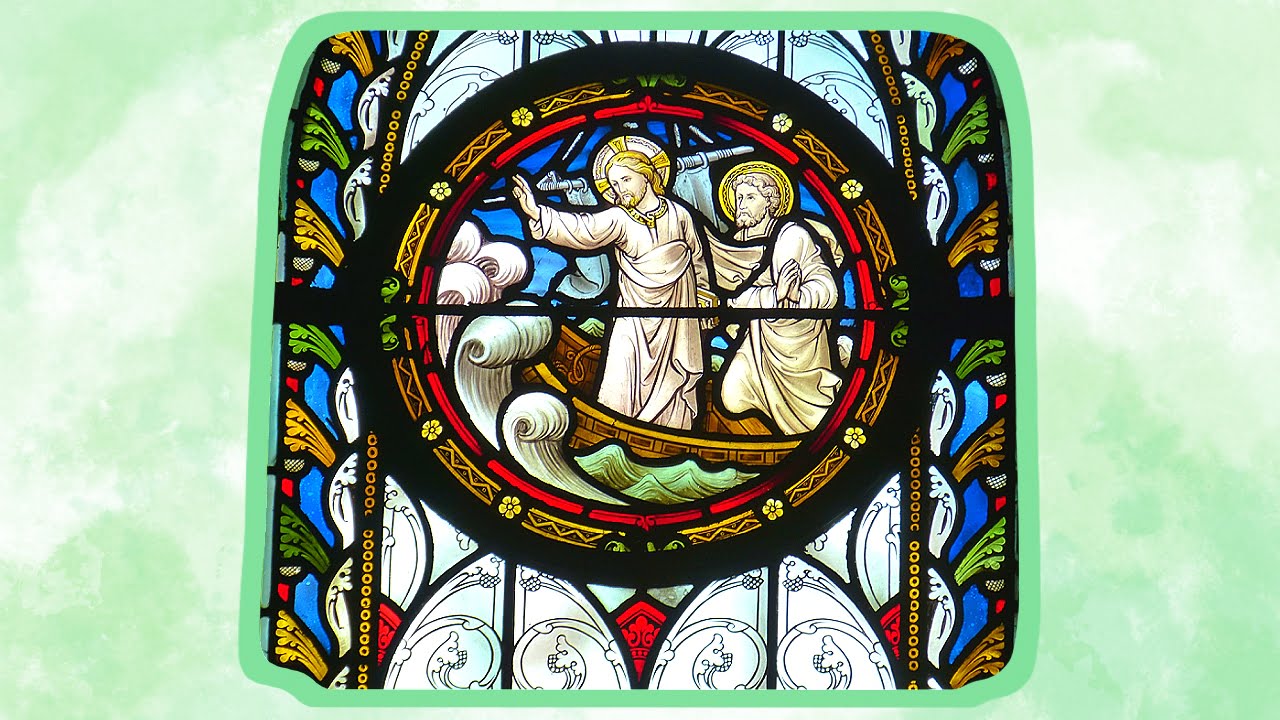
Gothic Cathedrals Contained Stained Glass Programs Final Words
Gothic stained glass windows provided a canvas for artists to express themselves through paintings and diverse art. Each Gothic stained glass window, be it in cathedrals, town halls, city halls, or houses told a story that inspired religious faith among the congregation.
Of course, “light” was the primary driving force behind the installation of stained glass windows in cathedrals. As renovations were made to allow more light to pass through the stained glass windows in churches, worshippers were able to feel closer to the divine realms.
Even from a scientific standpoint, sufficient light and airflow in a space helps promote good mood and productivity. No wonder the well-lit medieval church could transport visitors to a different world while making them feel divine and holy.
